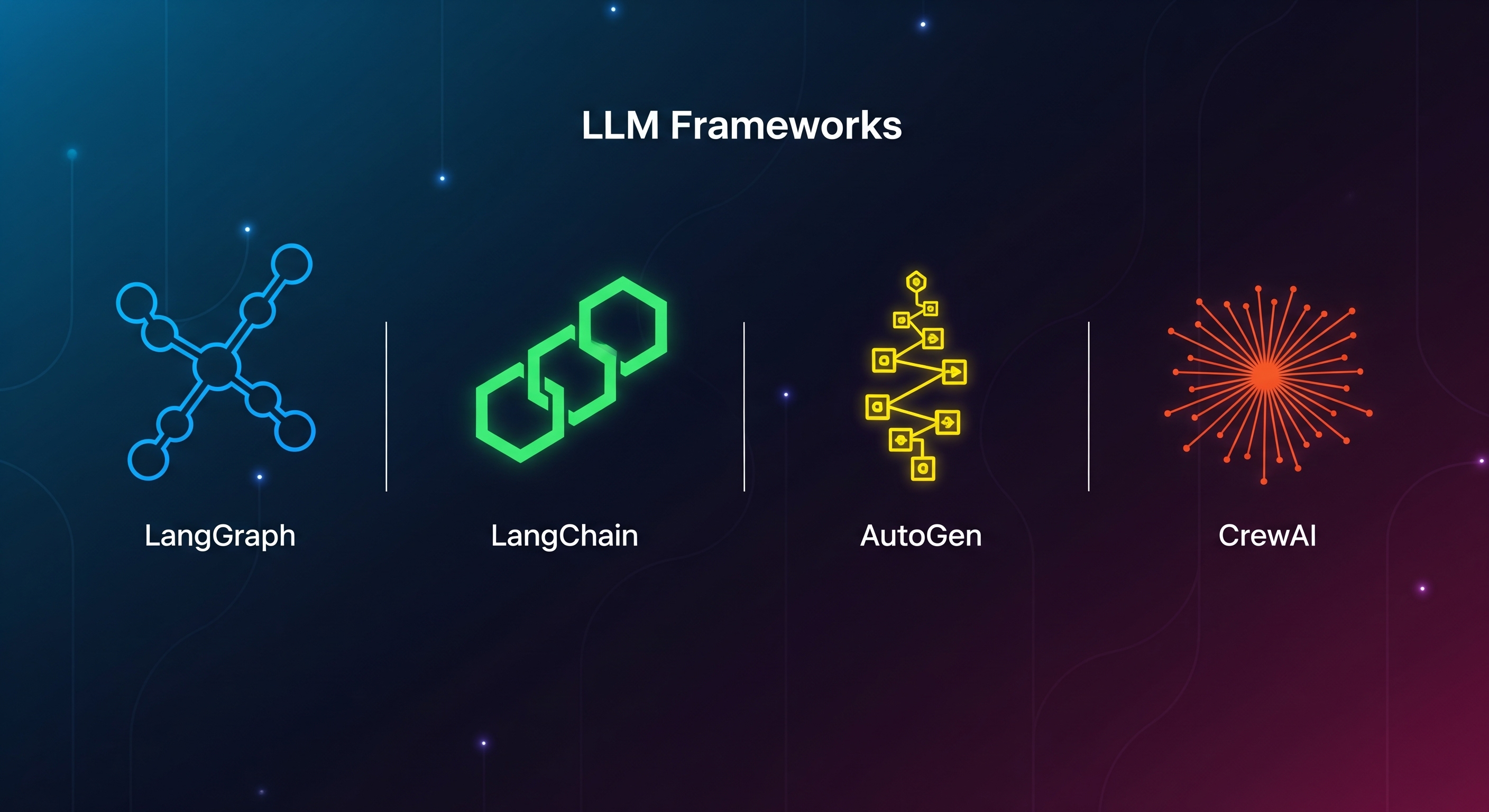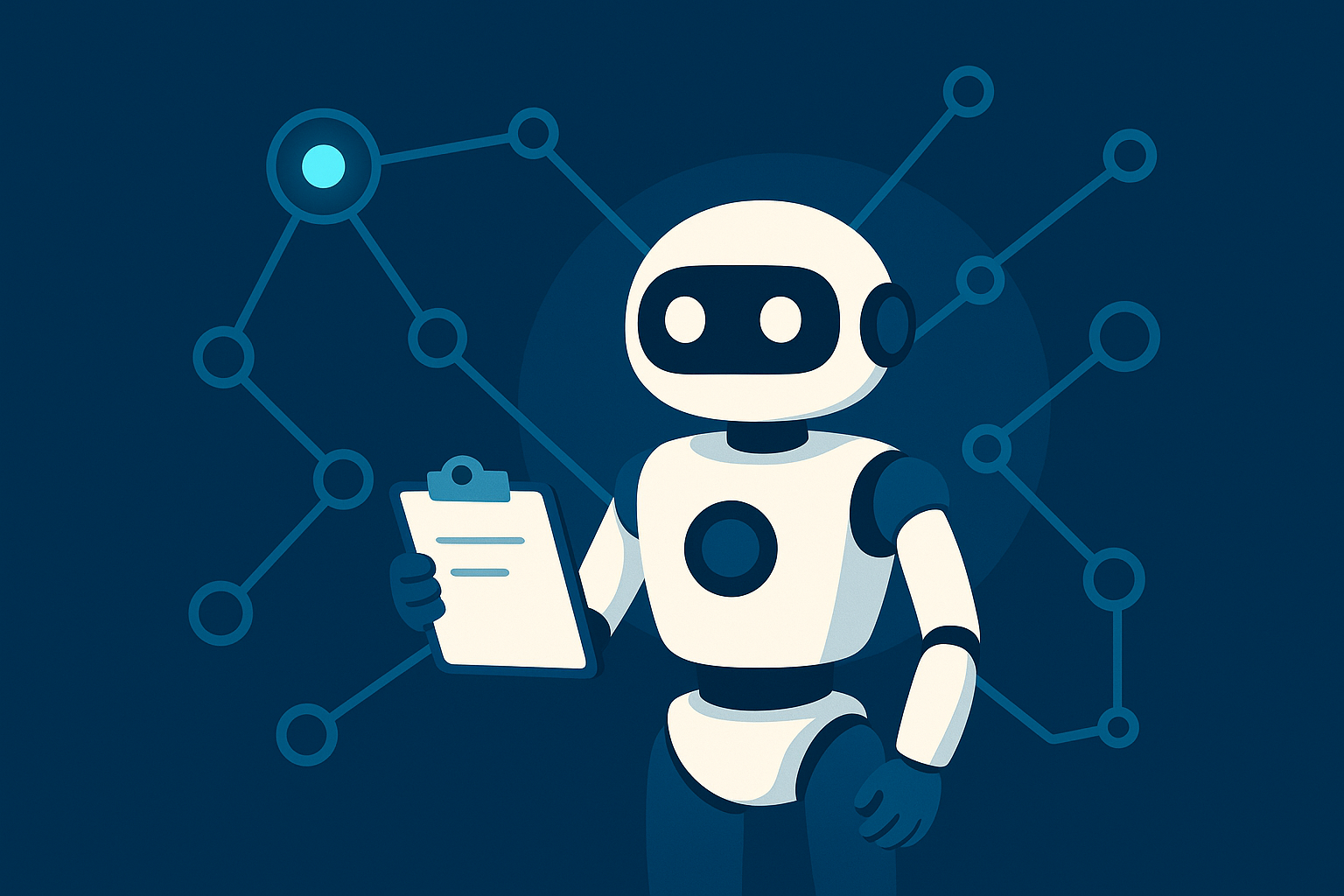🚀 Mastering Large Language Models (LLMs) in 2025: The Ultimate Cheat Sheet

The world of AI is evolving fast, and at the heart of this transformation are Large Language Models (LLMs). Whether you're a developer, researcher, or simply an AI enthusiast, understanding LLMs is crucial in 2025. Here's a compact, visual guide that breaks down everything you need to know—from core concepts to practical tools.
🧠 What is an LLM?
A Large Language Model is a type of neural network trained on massive text corpora. It can generate, understand, translate, and reason using human-like language. LLMs are primarily based on the Transformer architecture and utilize techniques like self-attention and autoregression.
🔑 Core Concepts You Must Know
- Tokens & Embeddings: Converts raw text into tokens and embeds them into vector space.
- Positional Encoding: Adds order information to word embeddings.
- Transformer Blocks: The backbone—made up of attention and feedforward layers.
- Context Window: Defines how much text the model can process at once.
- Attention Mechanism: Understands word relationships regardless of position.
- Self-Supervised Learning: The model predicts parts of input from itself.
- Causal vs. Masked Modeling: GPT uses causal (next-token), BERT uses masked (fill-in-the-blank).
🛣 Roadmap to Master LLMs
- Learn Python, NumPy, Pandas, and basic math for ML.
- Understand classical ML/DL concepts like CNNs and logistic regression.
- Dive deep into Transformers.
- Get hands-on with PyTorch & Hugging Face.
- Practice prompt engineering (zero-shot, few-shot, CoT).
- Fine-tune using LoRA/QLoRA.
- Build RAG pipelines (LangChain + FAISS + LLM).
- Explore Agentic AI (LangGraph, CrewAI).
- Deploy using FastAPI, Docker, Hugging Face Spaces.
🧩 Types of LLMs (By Function)
Type Example Purpose
Autoregressive GPT, LLAMA Text generation
Masked Language BERT Classification, NER
Multimodal Gemini, Flamingo Text + Image/Audio/Video
Instruction-Tuned OpenChat, Alpaca User command alignment
MoE (Sparse) Mixtral Select expert layers
Agentic Models AutoGPT, CrewAI Combine reasoning & planning
SLMs Phi, TinyLLAMA Efficient use on limited compute
🧰 LLM Tech Stack to Learn
- Modeling: PyTorch, TensorFlow, Hugging Face
- Prompting: LangChain, PromptLayer
- Retrieval: FAISS, Weaviate, ChromaDB
- Fine-Tuning: LoRA, QLoRA, PEFT, FlashAttention
- Deployment: FastAPI, Docker, Streamlit
- Monitoring: Helicone, Weights & Biases
- Agents: CrewAI, AutoGen, LangGraph
📏 Evaluation & Metrics
- Perplexity: Predictive confidence
- BLEU / ROUGE: Match with references
- F1 Score: Classification accuracy
- Toxicity & Bias: Ethical checks
- HumanEval / MMLU: Real-world reasoning
🔥 Top Open-Source LLMs to Explore (2025 Edition)
- LLaMA 3 (Meta) – General-purpose, state-of-the-art
- Mistral / Mixtral – Open-weight SOTA models
- Gemma (Google) – Lightweight, highly efficient
- DeepSeek / DeepSeek-Coder – Code and general language
- OpenChat / Zephyr – RLHF-aligned chatbots
- Phi-3 (Microsoft) – Tiny model, high performance
⚙️ Bonus: LLM Workflows
- Pretraining → Fine-Tuning → Evaluation → Deployment
- RAG: Query → Embed → Retrieve → Rerank → Generate
- Agents: Task → Decompose → Tool Use → Memory → Update → Output
📌 Whether you're building intelligent agents or just getting started with prompt engineering, this cheat sheet offers a practical and visual roadmap to mastering LLMs in 2025.
See more blogs
You can all the articles below

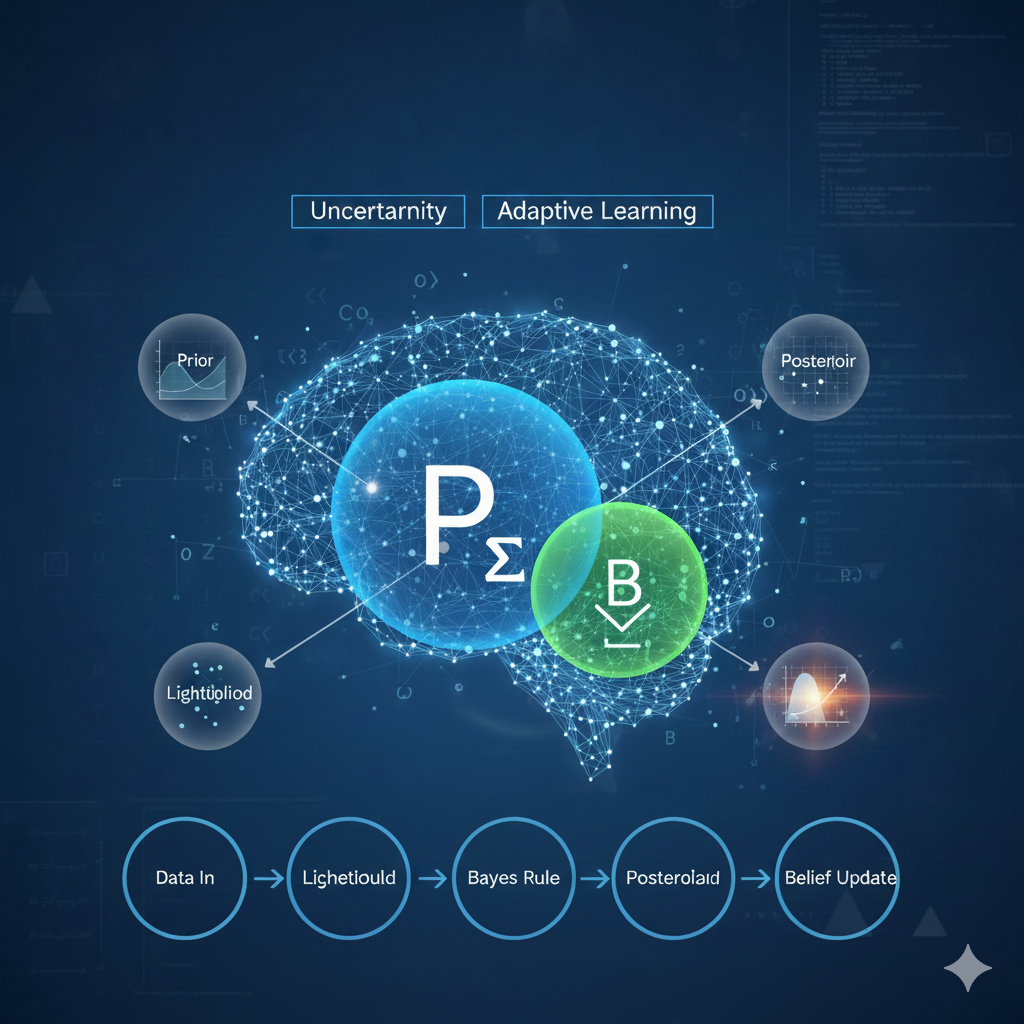

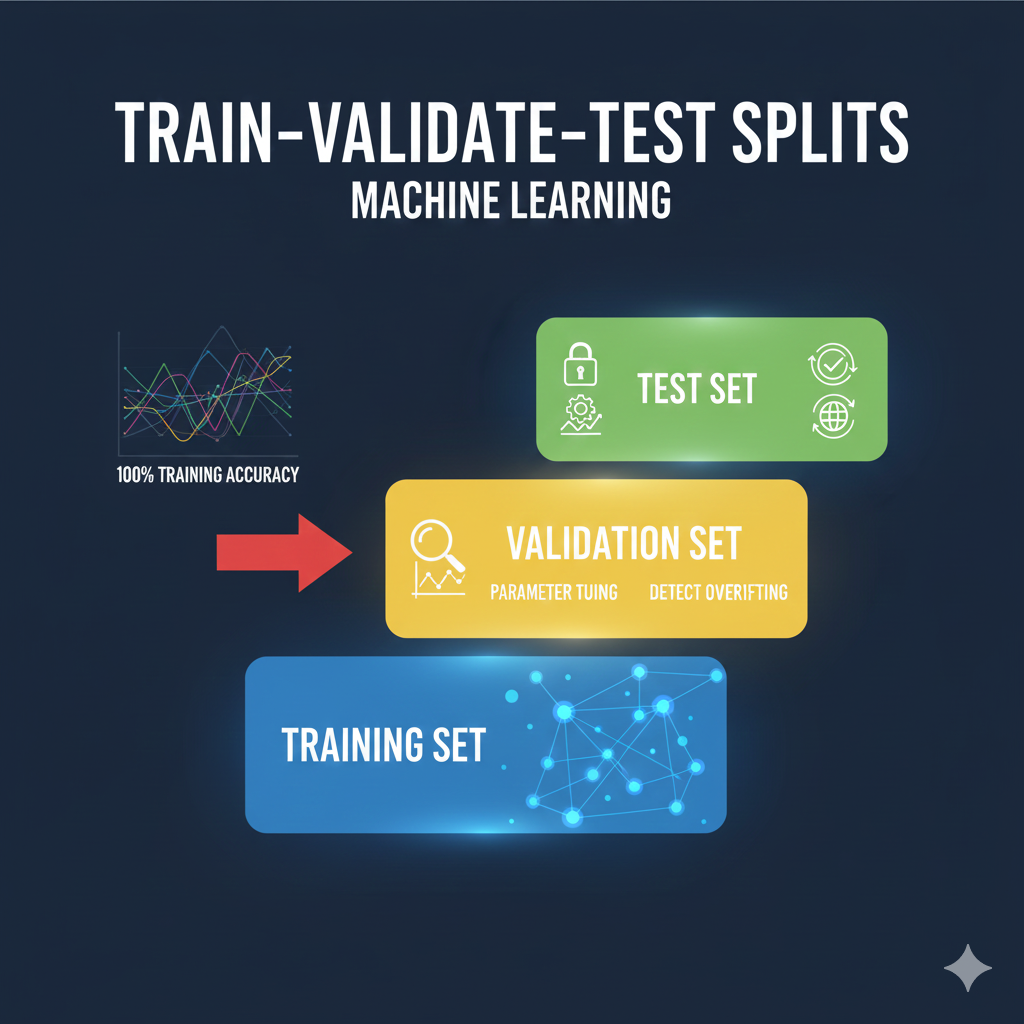

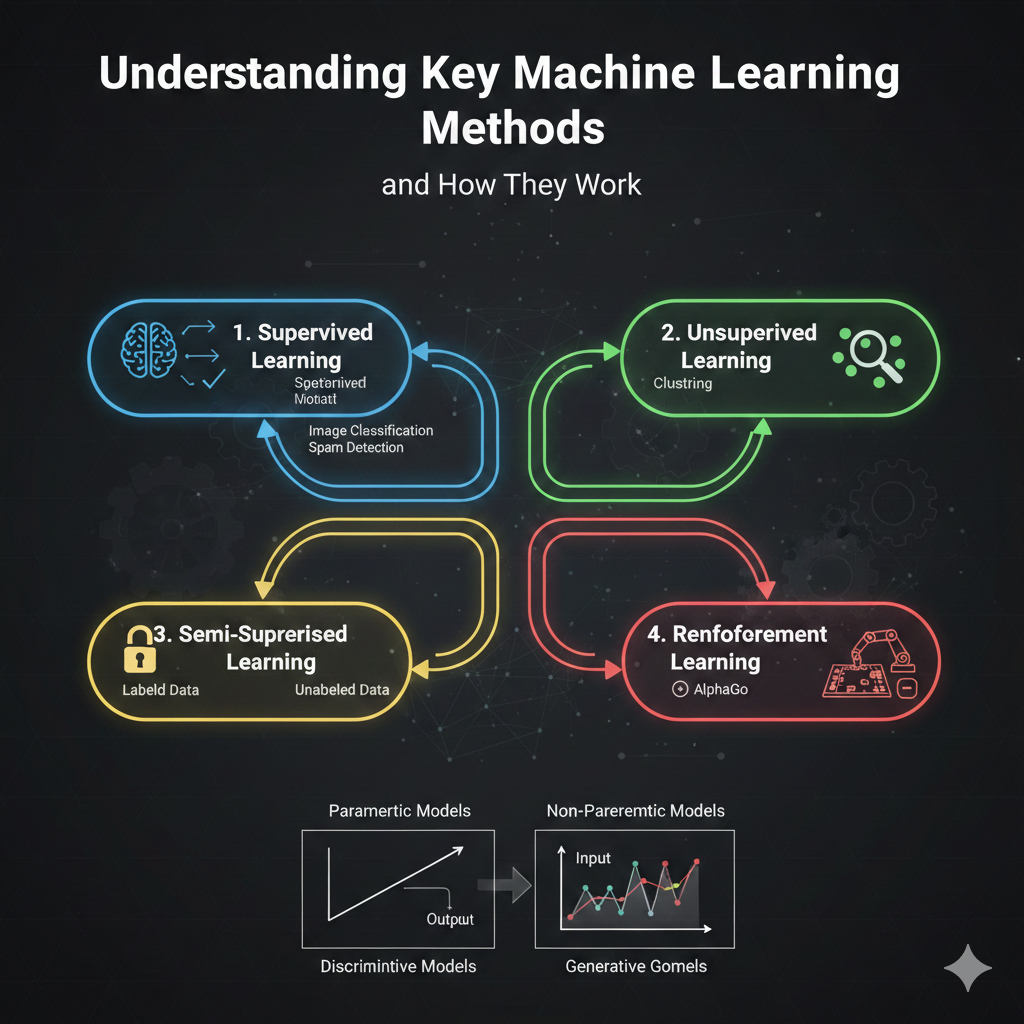

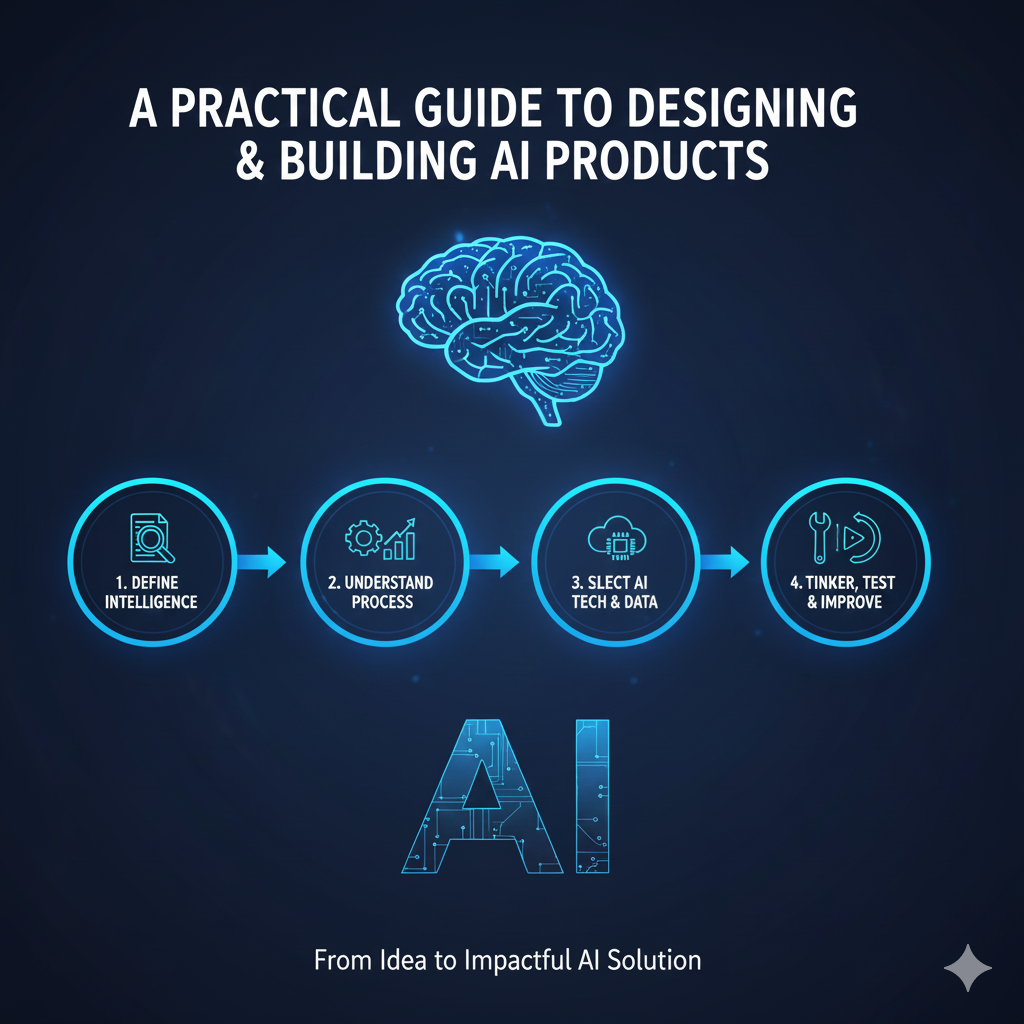
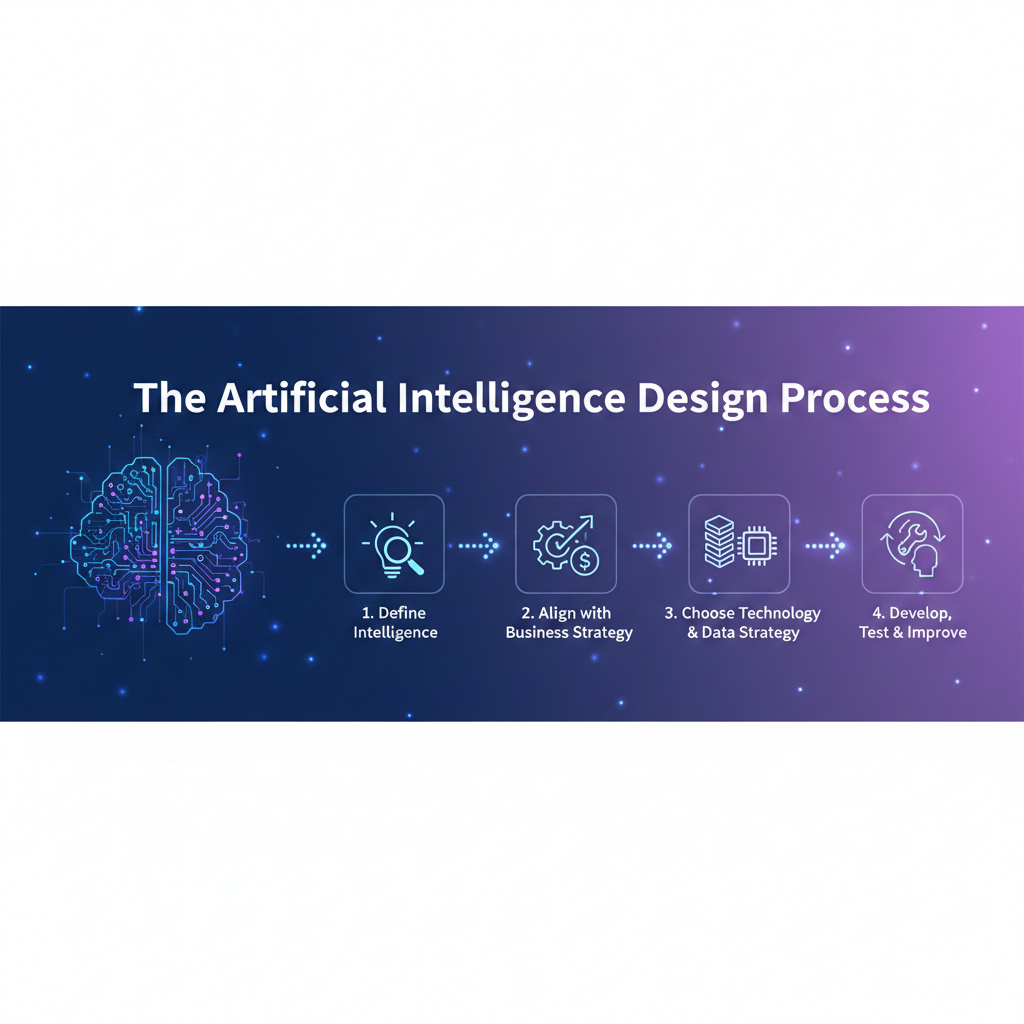
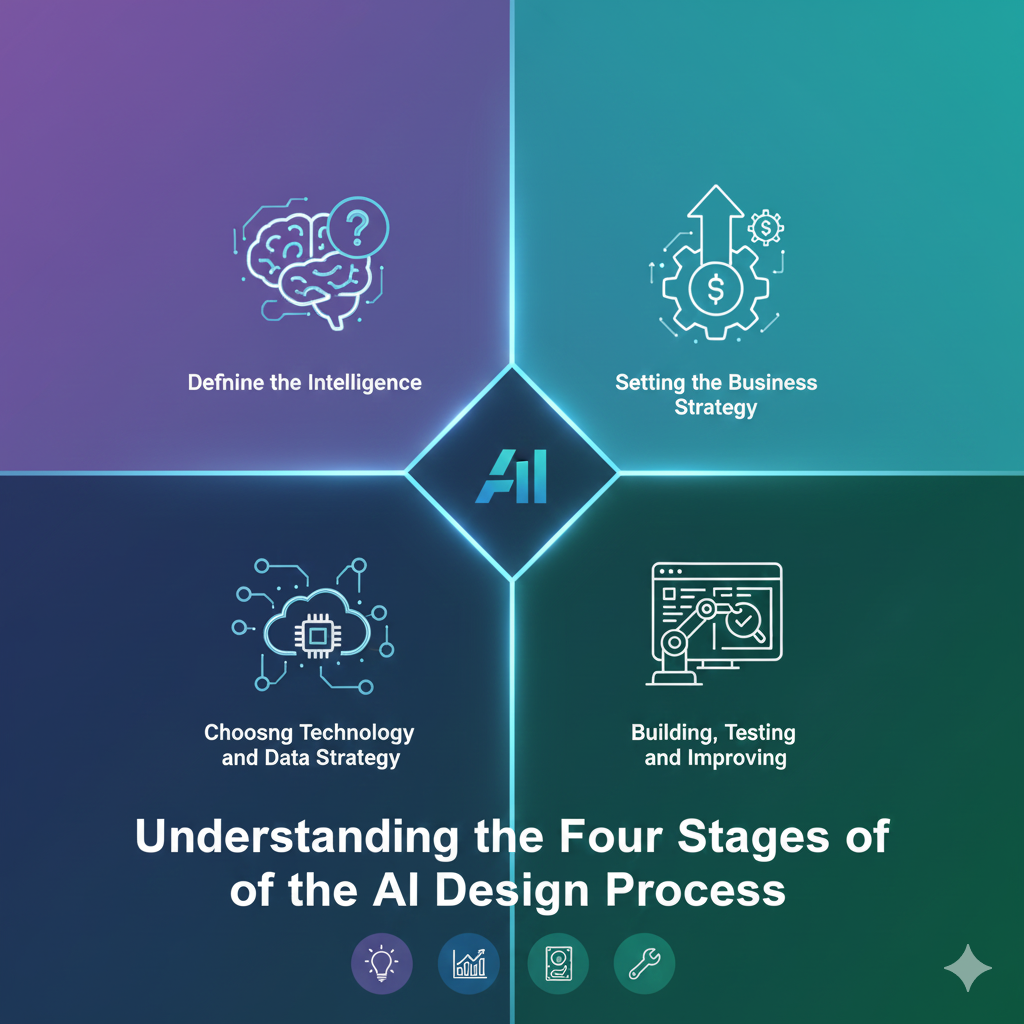
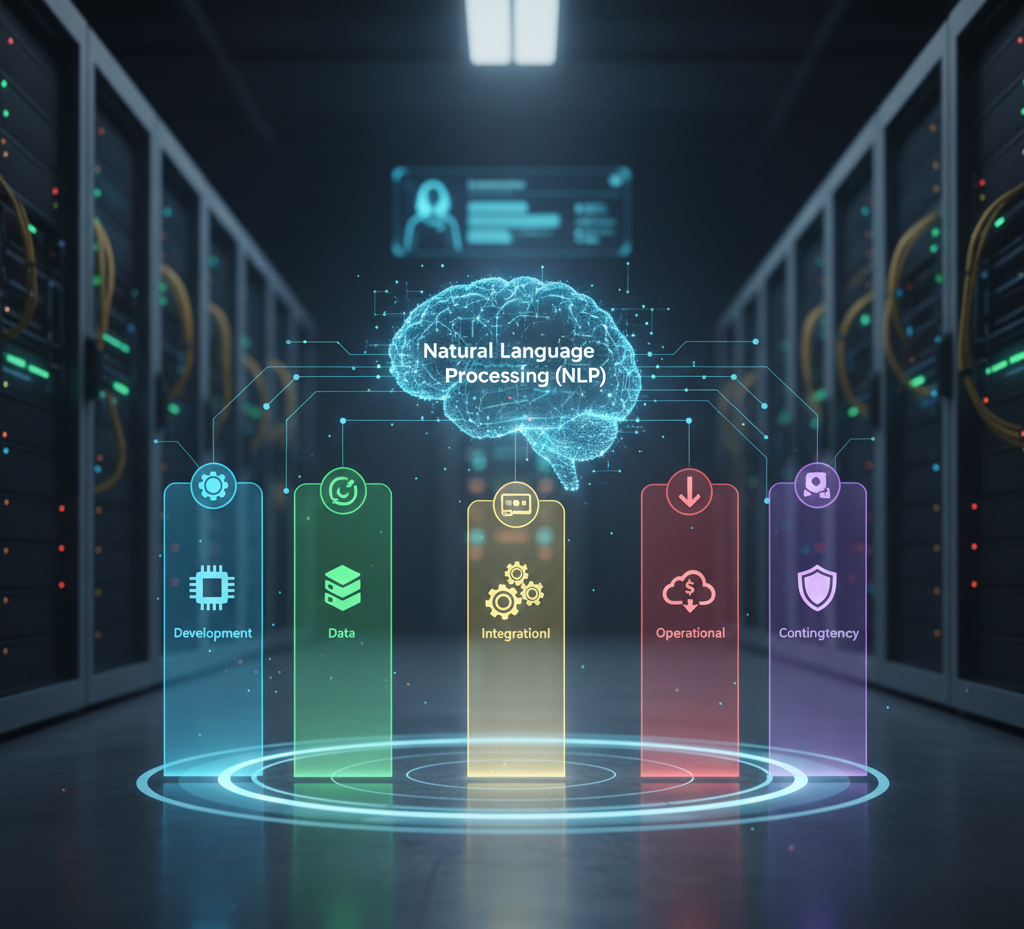


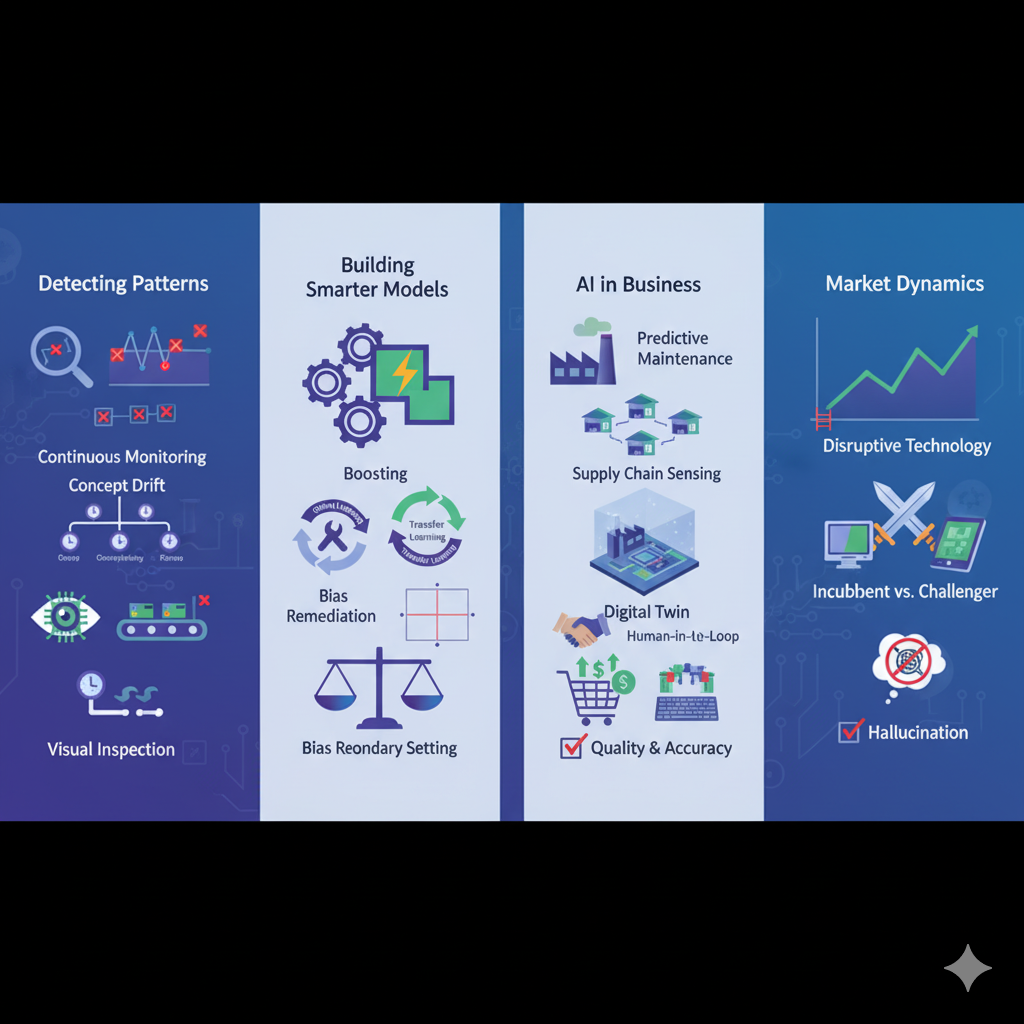
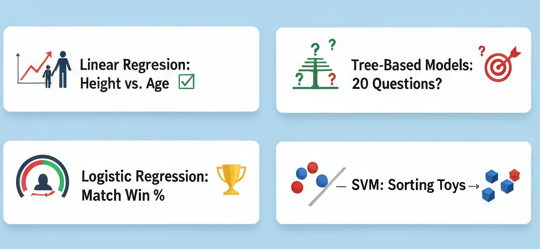
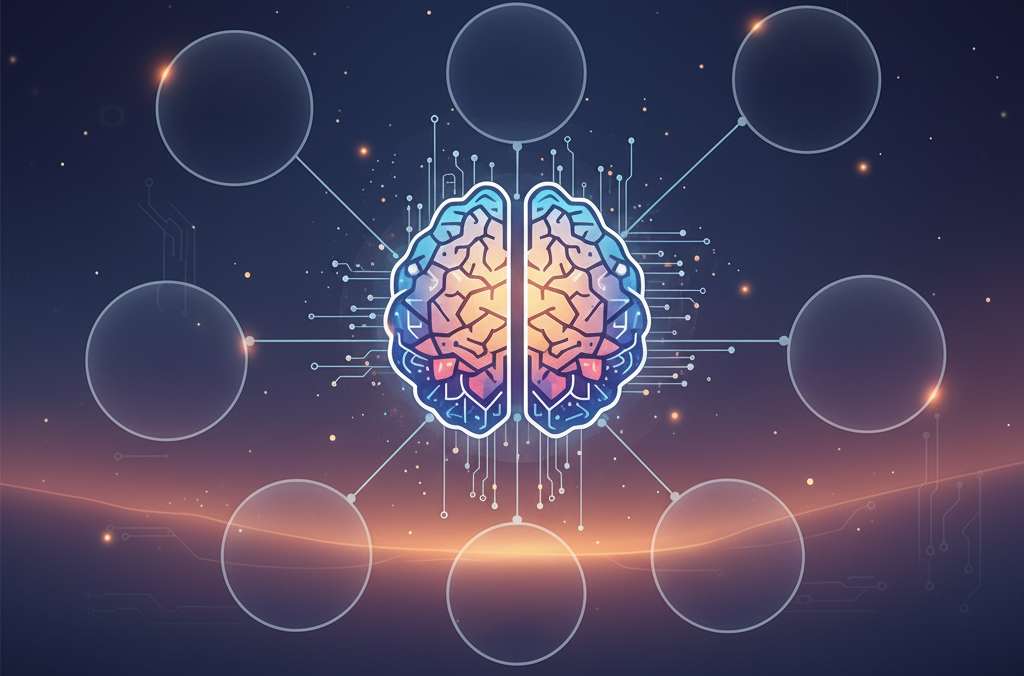

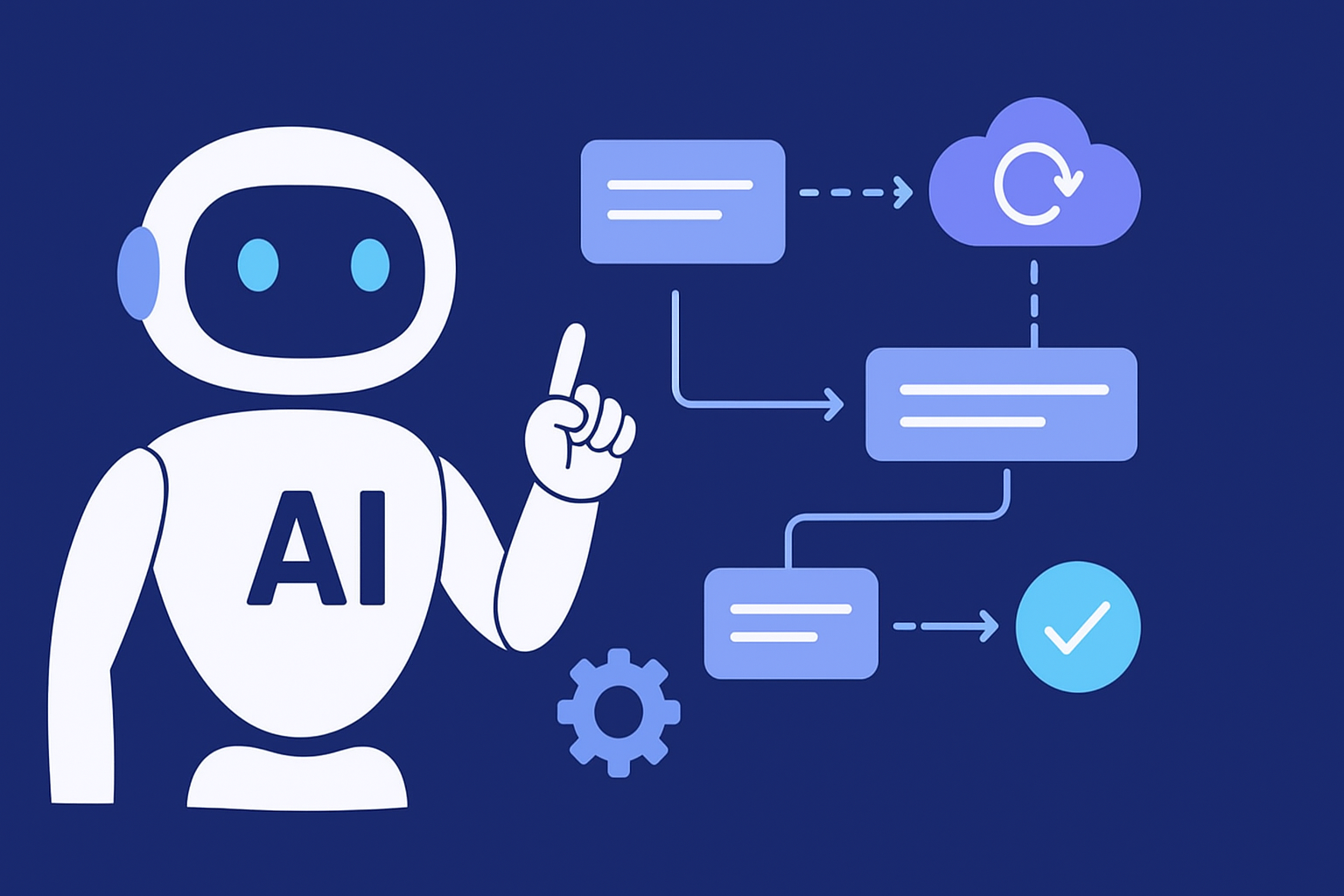

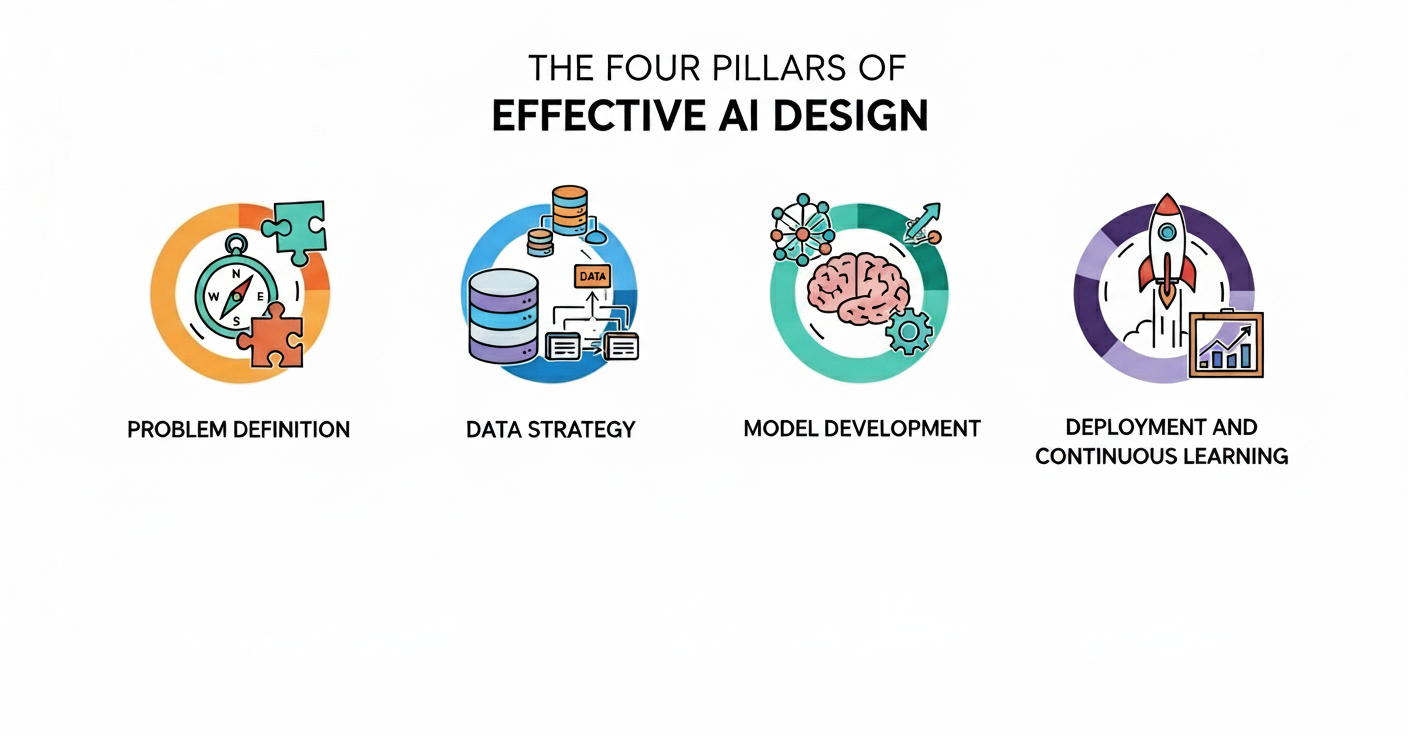
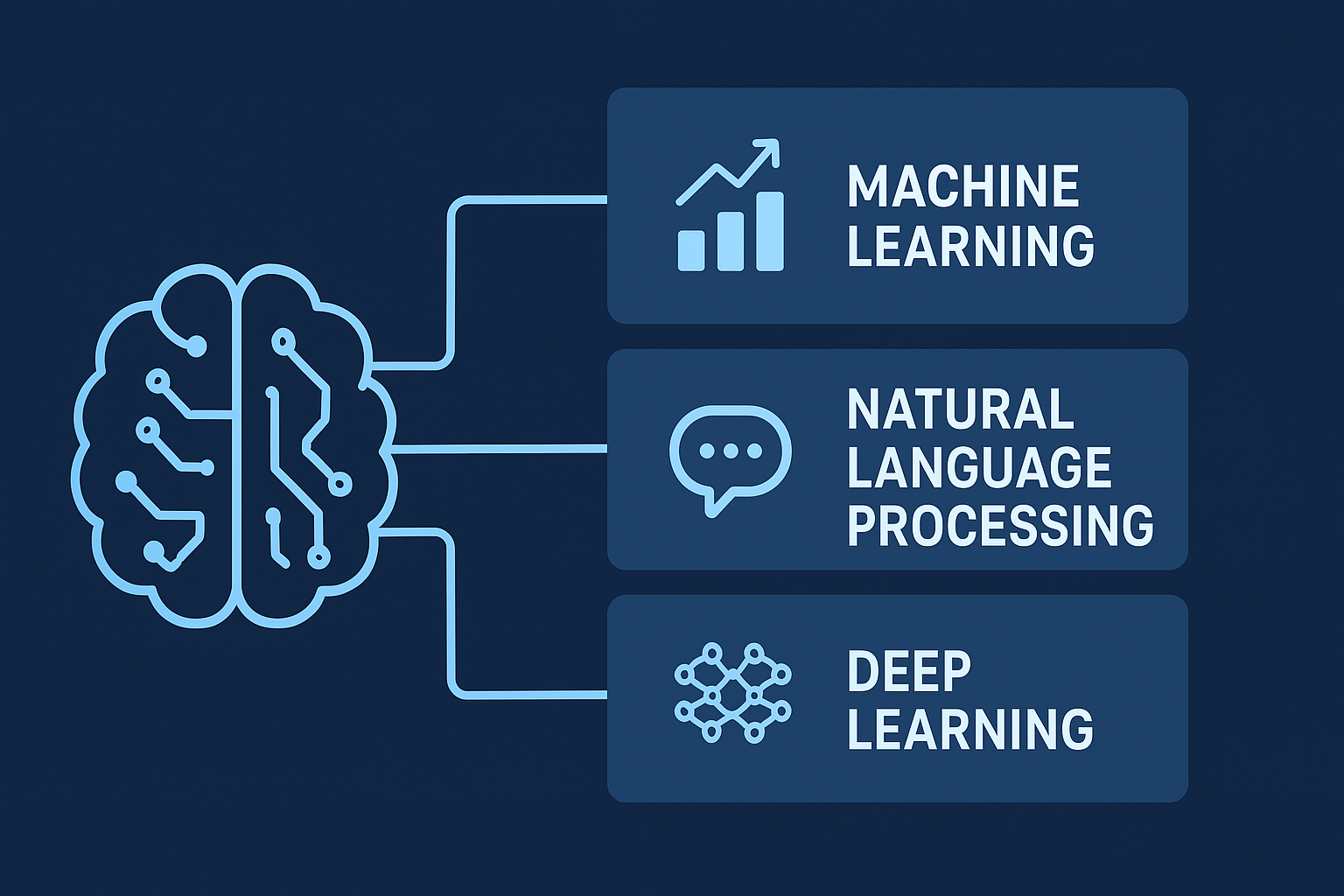
.png)
